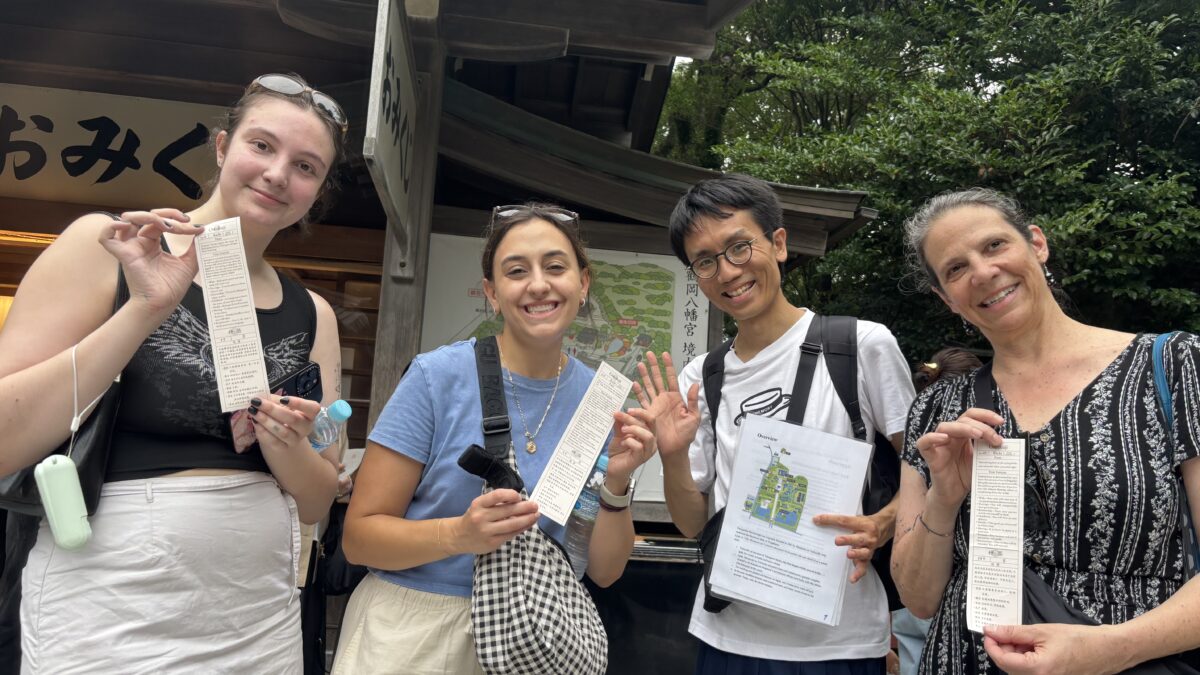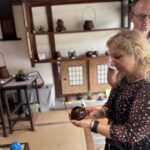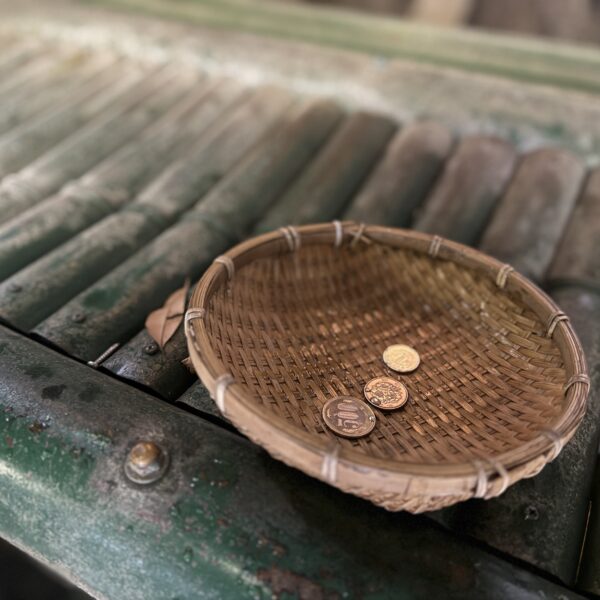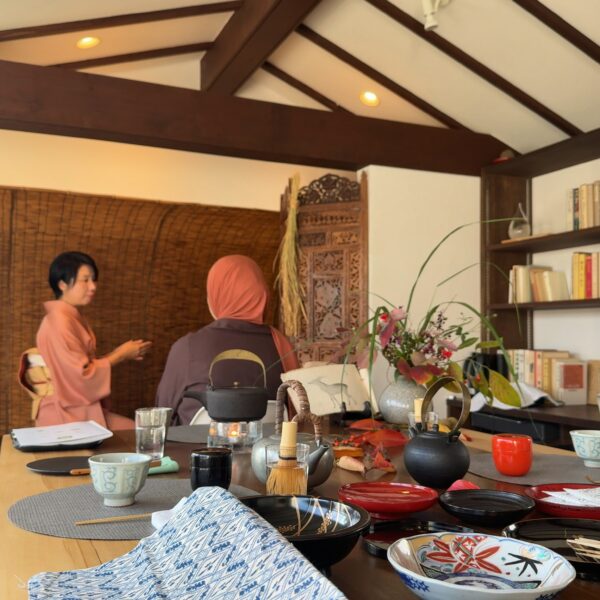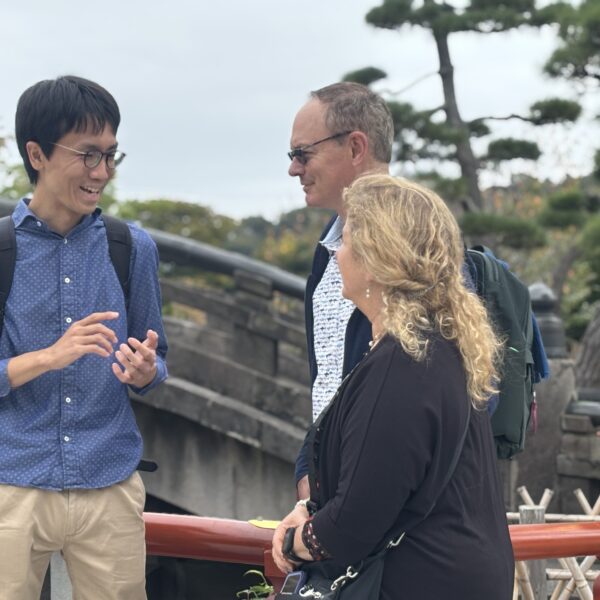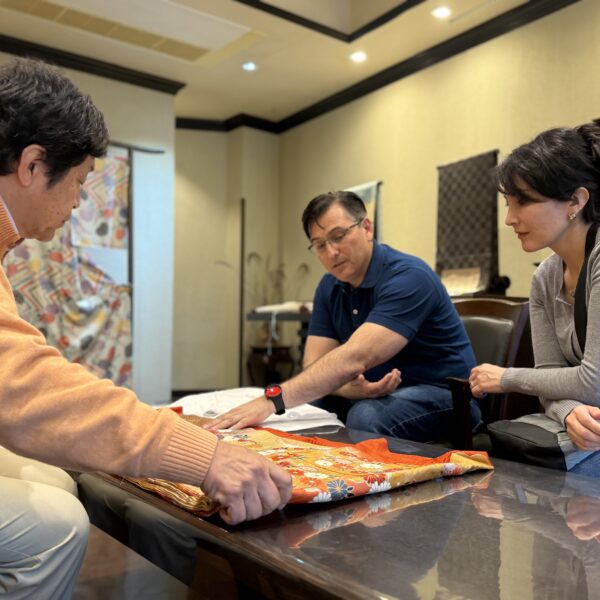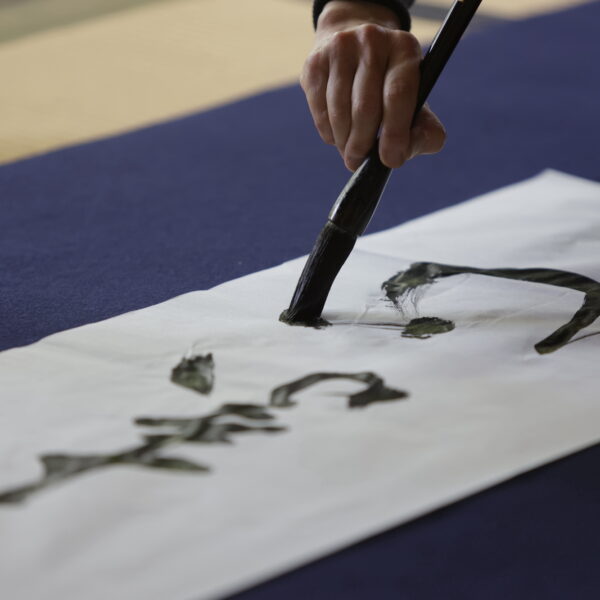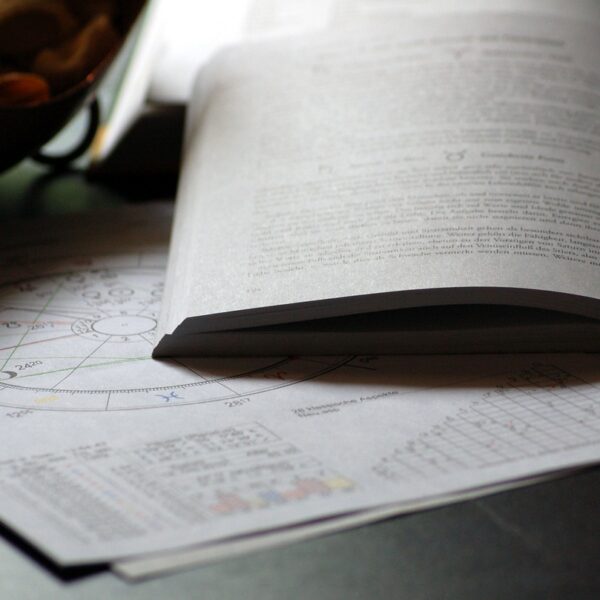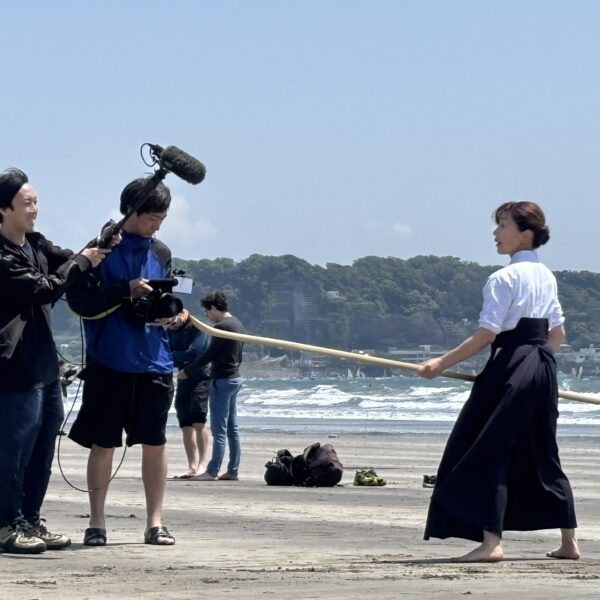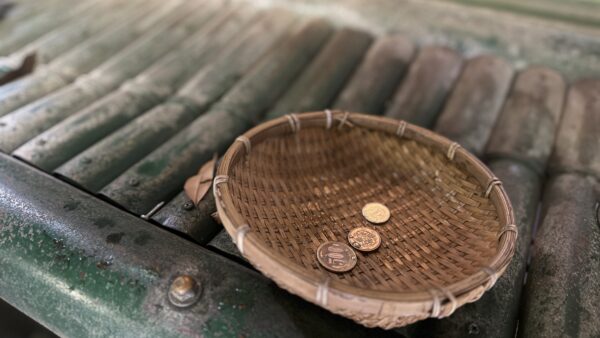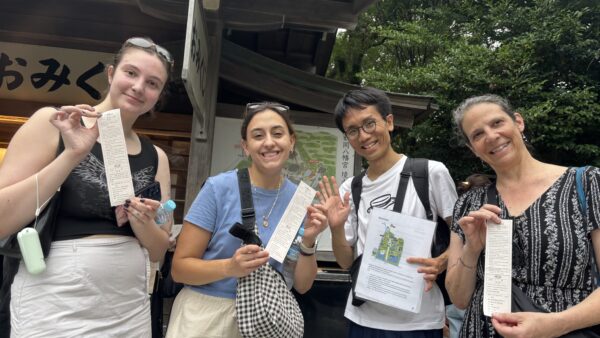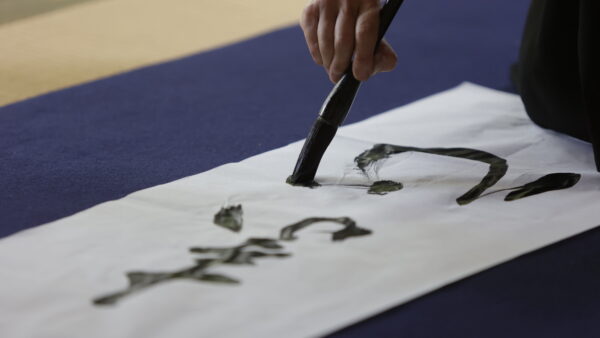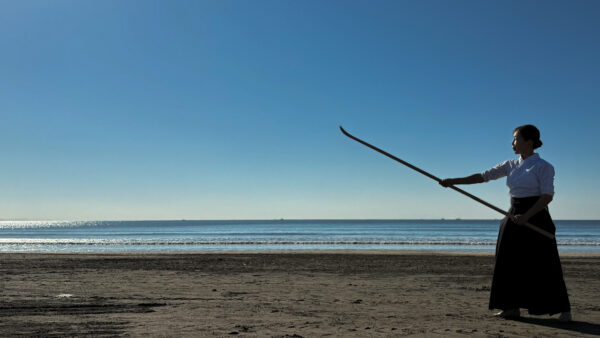What is Omikuji?
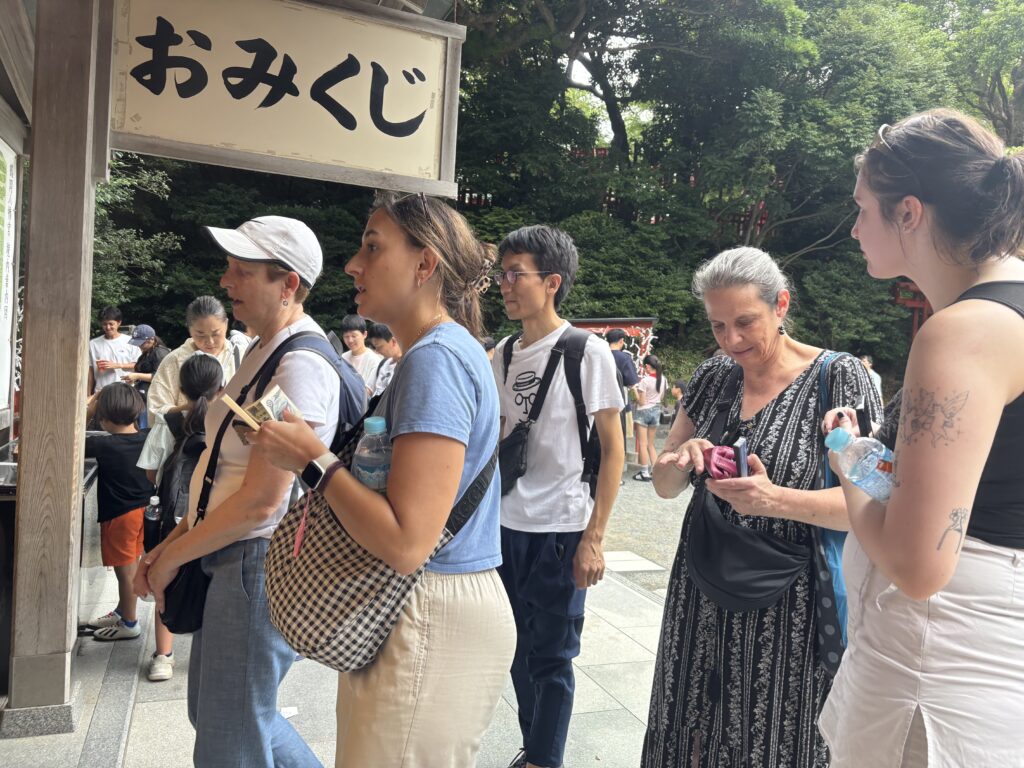
Do you know Omikuji?
Omikuji are small paper fortunes you can draw at shrines and temples in Japan.
The word “Omikuji” (おみくじ) means “sacred lot.” It is one of Japan’s traditional ways to receive a message from the gods about your luck and future.
When you visit a shrine, you will often see a box where you can draw an omikuji after making an offering. Each paper contains different levels of fortune — from great blessing (daikichi:大吉) to bad luck (kyo:凶).
The History of Omikuji
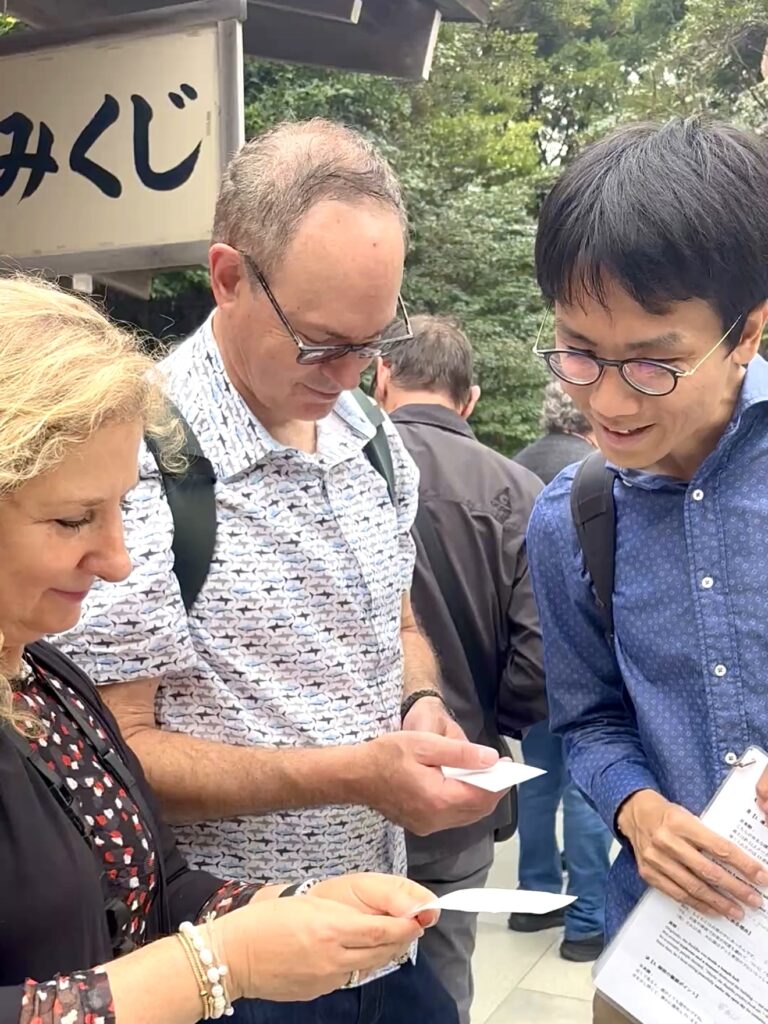
The roots of omikuji are said to come from an old Chinese fortune system called “Tenjiku Reisen” (天竺霊籤), introduced to Japan around the 14th century.
Later, a Buddhist monk named Gansan Daishi of the Tendai sect shaped it into the early form of the Japanese omikuji.
Originally, omikuji were used by priests to seek divine guidance on important matters, such as politics or national decisions.
Over time, this sacred practice became more personal, allowing ordinary people to receive advice about everyday life — health, love, work, and travel.
Today, omikuji are enjoyed by both locals and visitors, especially during New Year celebrations or when visiting famous temples and shrines across Japan.
Why Do People Tie Their Omikuji?
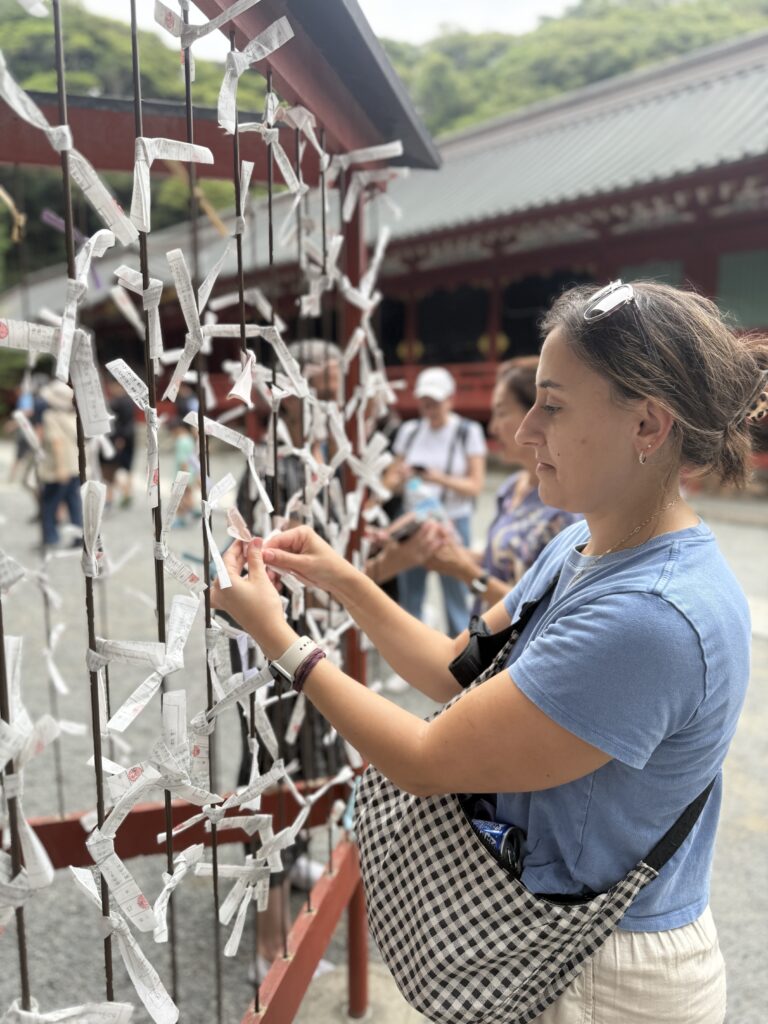
You may notice many omikuji tied to trees or racks near shrines.
If you get a bad fortune, it is common to tie the paper to a special wire or tree branch in the shrine grounds.
This act means you are leaving the bad luck behind and asking the gods to turn your fortune around.
Even if you get a good fortune, some people still tie it — to keep the good luck close to the shrine and help it come true.
A Small, Spiritual Experience
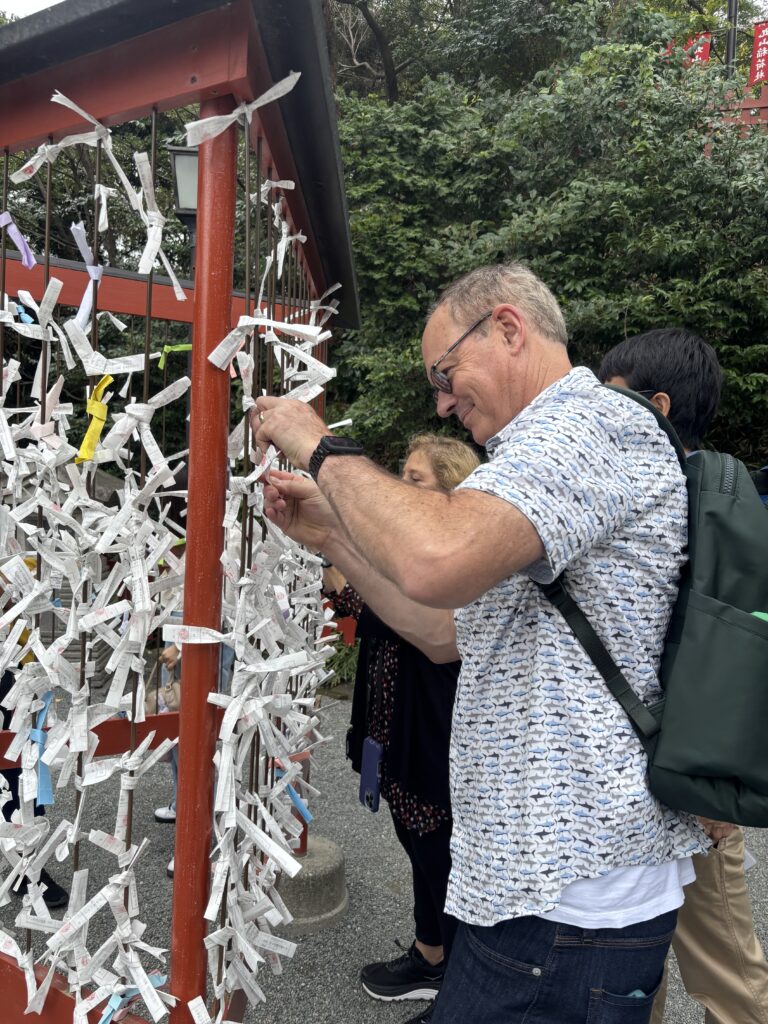
Drawing an omikuji is more than just checking your luck.
It’s a quiet moment of reflection — a way to connect with Japanese culture, spirituality, and the beautiful traditions that continue in places today.
